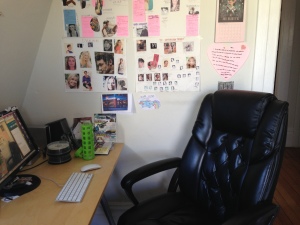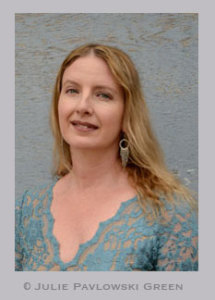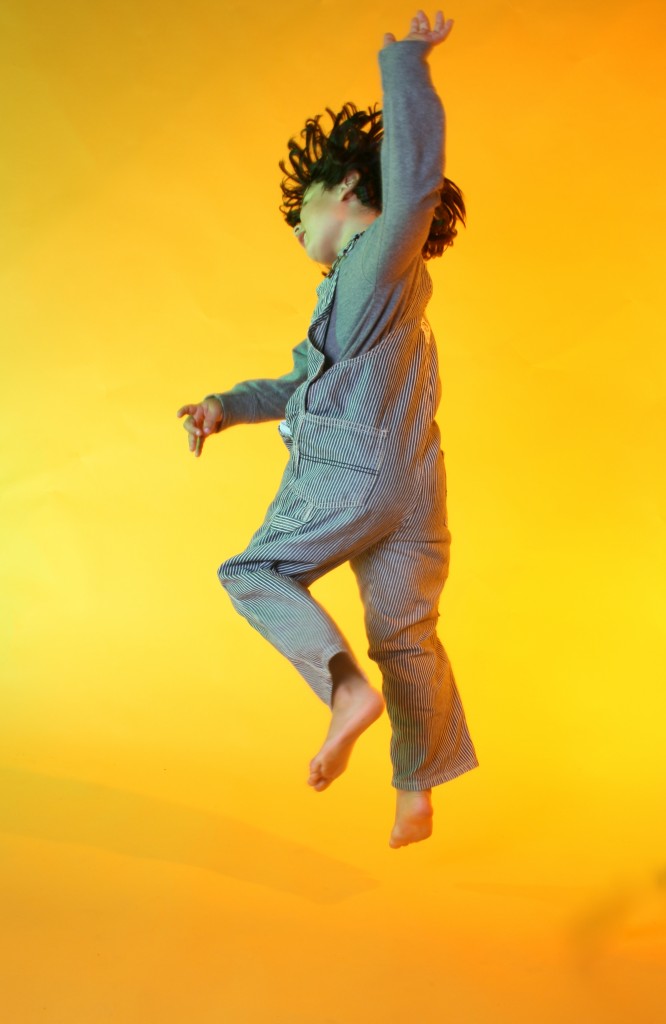
by Grier Cooper
You work hard during ballet class because you know your hard work will pay off. But how do you know what’s working and what isn’t? Aside from occasional comments or critiques from your teachers, you don’t. But you can change that! By implementing this simple journaling process, you can track your progress so you have a clear idea.
You’ll be doing some writing so you’ll need a small sketchbook or journal (choose a pretty one!) and a pen. Be sure to give yourself a few minutes before and after class to read through the questions and write down your thoughts. This process is just for you, so keep it light, simple and fun.
Before class begins, do the following:
Set an intention
Take a few moments to set an intention. An intention is a purpose, or a desired action or result. Close your eyes and ask yourself what your intention is for this particular class. The answer may come as a thought, feeling or vision. Write down whatever comes to mind, even if it’s just one word. An example might be wanting to feel centered and grounded throughout class. Setting an intention can be quite powerful because it helps us focus on what’s most important.

Choose your goals
Next, write down 2-3 goals. Keep them simple and achievable. You may be struggling with en dedans pirouettes, for example. While you can’t guarantee that you’ll be able to pull off a triple turn by the end of class, your goal could be to ask your teacher or a friend to watch your turns and help you determine what’s off.
After class is finished, set aside a few moments to jot down responses to the following questions. Since this is a self-assessment, be honest (and fair… dancers are often their own worst critics) when you answer.
- What did I do well?
- Where do I need to improve?
List at least three answers to each question and make sure it’s a balanced list with the same number of things for each category. Remember: it’s just as important to acknowledge what you did well, perhaps even more so, since this area is often overlooked–most dancers are too busy being hard on ourselves.
Taking a few minutes every day to work with this journaling process is a powerful tool will help you stay focused and give you a clear picture of your performance in class. Work with it regularly and you’ll never leave class again wondering how you did. Over time you’ll be able to track your results and achievements.
Write on!
 Grier Cooper left home at fourteen to study at the School of American Ballet and has performed San Francisco Ballet, Miami City Ballet, and others, totaling more than thirty years of experience as a dancer, teacher and performer. She blogs about dance and has interviewed and photographed a diverse collection dancers and performers including Clive Owen, Nicole Kidman, Glen Allen Sims and Jessica Sutta. She is the author of the Indigo Ballet Series ballet novels for young adults. Visit Grier at http://www.griercooper.com
Grier Cooper left home at fourteen to study at the School of American Ballet and has performed San Francisco Ballet, Miami City Ballet, and others, totaling more than thirty years of experience as a dancer, teacher and performer. She blogs about dance and has interviewed and photographed a diverse collection dancers and performers including Clive Owen, Nicole Kidman, Glen Allen Sims and Jessica Sutta. She is the author of the Indigo Ballet Series ballet novels for young adults. Visit Grier at http://www.griercooper.com









